Why choose heating with a heat pump for your home?
Because heating with a heat pump is the safest and offers precise control in maximum 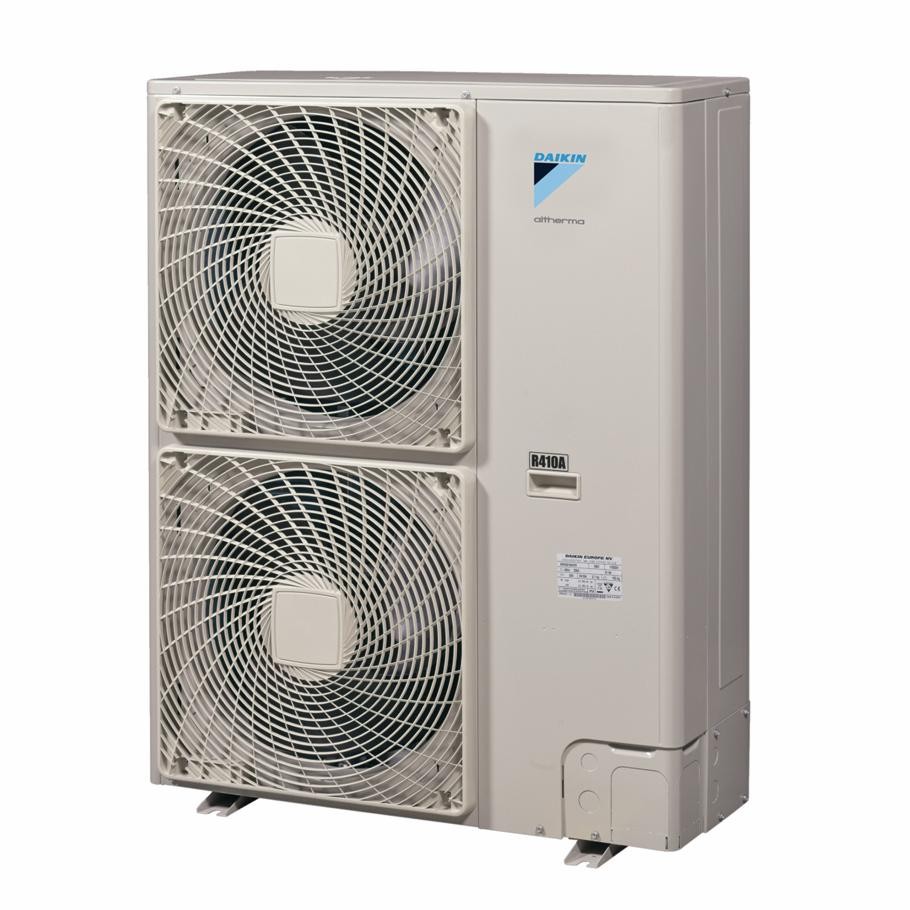 comfort.
comfort.
Since the heat pump can provide heating, cooling in hot water for your home with the lowest invoices.
Quite often, we are aware that it can be a dominant decision, which is the best solution for heating our home. What are the benefits of a heat pump compared to fireplaces, wood stoves or gas heating? Would it be better if your home with a heat pump would heat up with other types of heating?
Heat pumps are known as one of the most effective heating solutions. In addition, heat pumps offer features that other heating can not offer, such as maintaining moisture in air filtration, safety and easy remote control.
The heat pump is the most energy-efficient heating solution!
Heating with a heat pump is one of the most energy efficient solutions for your home. Despite the somewhat larger initial investment for 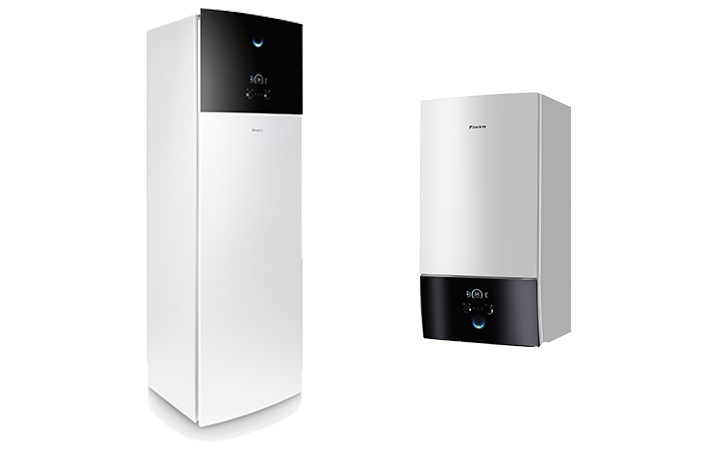 the heat pump, gas, pellets and solid fuel systems in the future will result in greater losses. Statistics show that the long-term use of the heat pump consumes significantly less because it is several times smaller than other systems because the heat pump is the highest energy efficiency class.
the heat pump, gas, pellets and solid fuel systems in the future will result in greater losses. Statistics show that the long-term use of the heat pump consumes significantly less because it is several times smaller than other systems because the heat pump is the highest energy efficiency class.
Indeed, such heat pumps are so efficient that usually 1 kW of electricity generate 4 kW of heating energy. This energy is drained (stolen) out of the air outside. This efficiency is presented as a COP (coefficient of efficiency). A good heat pump that works properly will have about COP 4.
Heat pumps compared to:
- Conventional heaters - COP 1.0
- Gas boilers - about 0.85 COP
- Wood in coal - about 0.65 COP
Exact control in maximum comfort!
Heat pumps provide a higher level of comfort. Statistics show that users believe in heating with heat pumps with air into the water from heat energy, because it is substantially more evenly heated than most other heaters. Some heating appliances, such as fireplaces in the oven, work in a way - to distance yourself from them, less heat will be felt; others offer only convection heating (eg portable heaters).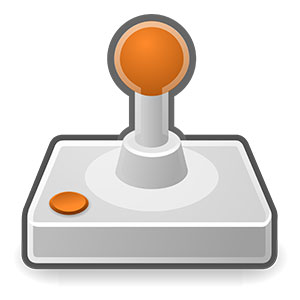
When you reach the set temperature, the heat pump will maintain it at certain levels. Other devices will continue to function as a result - it can become unpleasantly warm in the room.
To be comfortable, easy and enjoyable!
Electric floor heating with maximum control
Control is in hand
When choosing heating, you need to consider the one that is easiest to maintain, easy to use and which allows heat by pressing the button. This means that you should never be at risk when choosing heating when it comes to comfort.
Heat pumps are controlled by a thermostat that ensures that your desired temperature is maintained in comfortable zones. There is no need to adjust the heat pump, as it will be with the intelligent algorithm itself.
Heat pumps allow you to optimum control of your work with room thermostats or web-based monitoring through applications. In all cold winter nights you can be calm, because when you get home, it will be warm. This is possible with the touch screen of your smartphone (WiFi control over heating over the Internet). Set the desired temperature in advance without having to adjust the old timers before you go out. You also have the option of a seasonal program / schedule. If you set it, forget about heating, because it will always work the way you told it.
Improves air quality!
One of the main advantages of heating with a heat pump is the ability to filter the air that is heated. By improving the quality of the air you will prevent the possible occurrence of allergies in your family, you will give more fresh air and you will get the greatest comfort.
It is important to note that today many of the young generations have problems with asthma allergies. Most heat pumps are equipped with advanced filtration systems, which provide an optimal amount of fresh air in the room.
Other heating systems, such as gas heaters, effectively reduce air quality in the "use" of large oxygen. Heat pumps are the best indicators of air quality while heating the space.
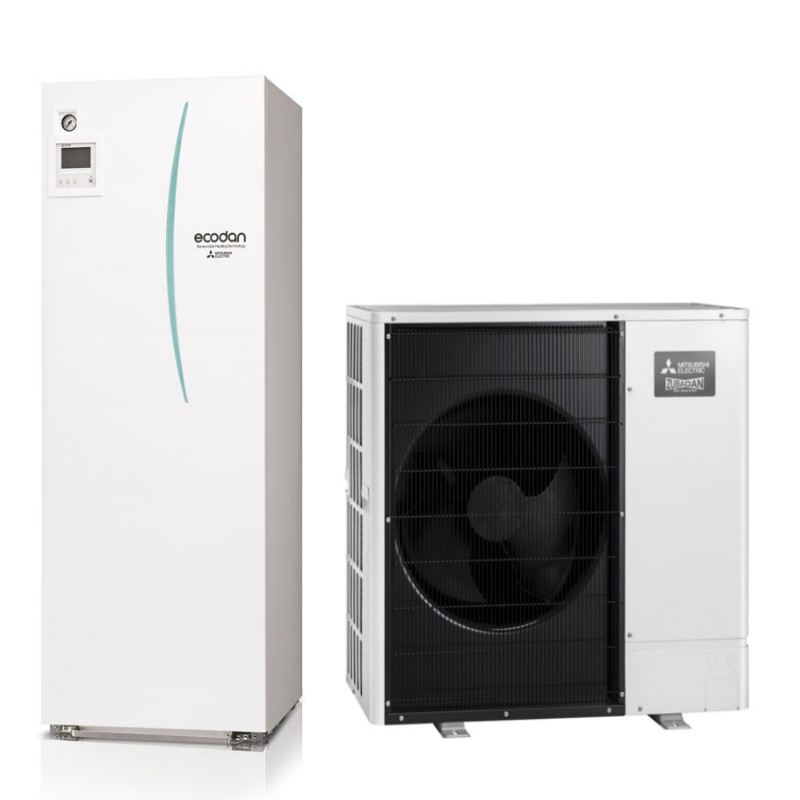
Heating with a heat pump can be discrete!
Aesthetics is very important for many buyers. A heating system that is discreet in silence can fit the existing interior - an important factor that makes heating with a heat pump an ideal solution.
The most popular are wall mounting installations (high on the ceiling) because there are many options. The second type is floor mounting systems that look discreet on the floor - an ideal option for replacing older heaters, such as radiators, wood-burning stoves in a fireplace. There is another solution. With the heating system of heat pumps, they can be installed in the floor, walls in the heating rooms - the most discrete, multifunctional and non-intrusive solution. By exploiting water floor heating with a heat pump
That's not all!
Improving air quality with built-in filter systems;
Humidity control - "dry" function in cooling mode allows precise control and prevents moisture and condensation;
It does not consume oxygen - the heat pump simply transfers heat from one location to another, as opposed to gas heaters that need oxygen to burn and heat;
Child safety - no open fire and hot surfaces;
We mean the environment and our Earth!
Heating with a heat pump does not require combustion. The heat pump consumes 4-5 times less electricity needed for the compressor and some other small consumers of the entire system. No extra carbon emissions.
Compare this with the process of combustion of all types of heating systems for solid fuel, wood and gas, which emit carbon black, smoke and oxygen burns, which endangers the environment in terms of carbon emissions.
How does the heat pump work?
It uses advanced technology and a cooling cycle for heating and cooling your home. This allows the heat pump to provide year-round comfort in indoor - no matter if it is seasonal.
Heat pump in air conditioning mode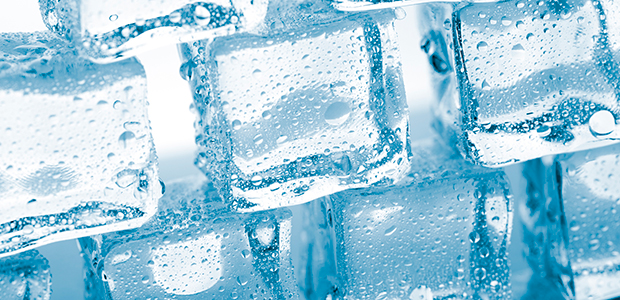
After installing and working properly, the heat pump can maintain cold, comfortable temperatures while at the same time reducing humidity in your home.
The warm air from inside your house will be pushed into the motor fan.
The compressor circulates the refrigerant between the internal evaporator and the external condensing units.
The warm air in the enclosures then travels to the ventilator, while the refrigerant flows from the external condenser to the inside of the evaporation coil. The refrigerant absorbs heat when it passes through the inner air.
This chilled and dehumidified air is then pushed through the connection of the closed channels to the air openings throughout the home, thereby lowering the internal temperature.
The cooling cycle continues and provides a consistent method that cools you down.

Heat pump and heat mode
Heat pumps have been used for many years in locations that typically experience a wet winter. However, the air-heat pump technology has been upgraded to allow these systems to be used in areas with longer periods of sub-cooled temperatures.
The heat pump can switch from the climate mode to the heat mode by reversing the cooling cycle so that the outer coil acts as an evaporator and an internal coil as a capacitor.
The refrigerant flows through a closed cooling water system between the outdoor and indoor unit.
Even though the outside temperatures are cold, enough heat is absorbed by the outside air by the exhaust pipe coil.
With the inside of your house, the engine with the fan is pulled into the pipeline.
The refrigerant is pumped from the inner sleeve to the outer coil, where it absorbs heat from the air.
This heated air is then pushed through the connecting channels to the air openings throughout the home, which increases the internal temperature.
The cooling cycle continues, providing you with a consistent method.
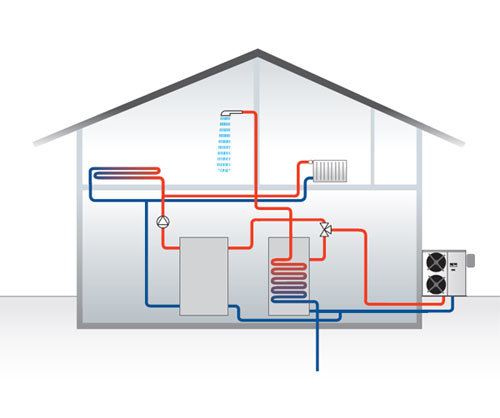
Parts of the heat pump
To get a better idea of how your air is heated or cool, it helps to know something about the parts that make up the heat pump system. A typical system of a heat pump of an air source is divided into a two-part system that uses electricity as its source of energy. The system contains an outdoor unit that looks like an air conditioner and is indoor. The heat pump works together with the air controller to distribute hot or cold air in the indoor spaces. In addition to electrical components and fans, the heat pump system includes:
Compressor: it transfers the refrigerant through the system. Some heat pumps contain a compressor for scrolling. In comparison with the piston compressor, the compressors for scrolling are quieter, have a longer service life and provide warm air when in heating mode.
Control panel: controls whether the heat pump system must be in the cooling, heating or defrosting mode.
Coil: The condenser in the evaporation coil heats or cools the air according to the direction of flow of the coolant.
Refrigerant: A substance in cooling lines circulating through the indoor and outdoor units.
Reversing valves: change the coolant flow, which determines whether the indoor space is cooled or heated.
Thermostatic expansion valves: regulates the flow of the coolant, as the valve with the tap controls the flow of water.
Battery: a tank that regulates the charge of the refrigerant according to seasonal needs.
Cooling and hoses: Connect internal and external equipment.
Heat tapes: the electric thermal element is used for auxiliary heat. This added component is used to add extra heat in cold days or for faster recovery at lower temperatures.
Channels: serve as air tunnels for different rooms in your home.
Thermostat or control system: Set the desired temperature





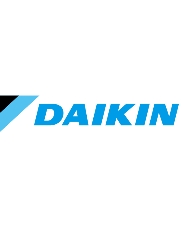
.svg.png)
